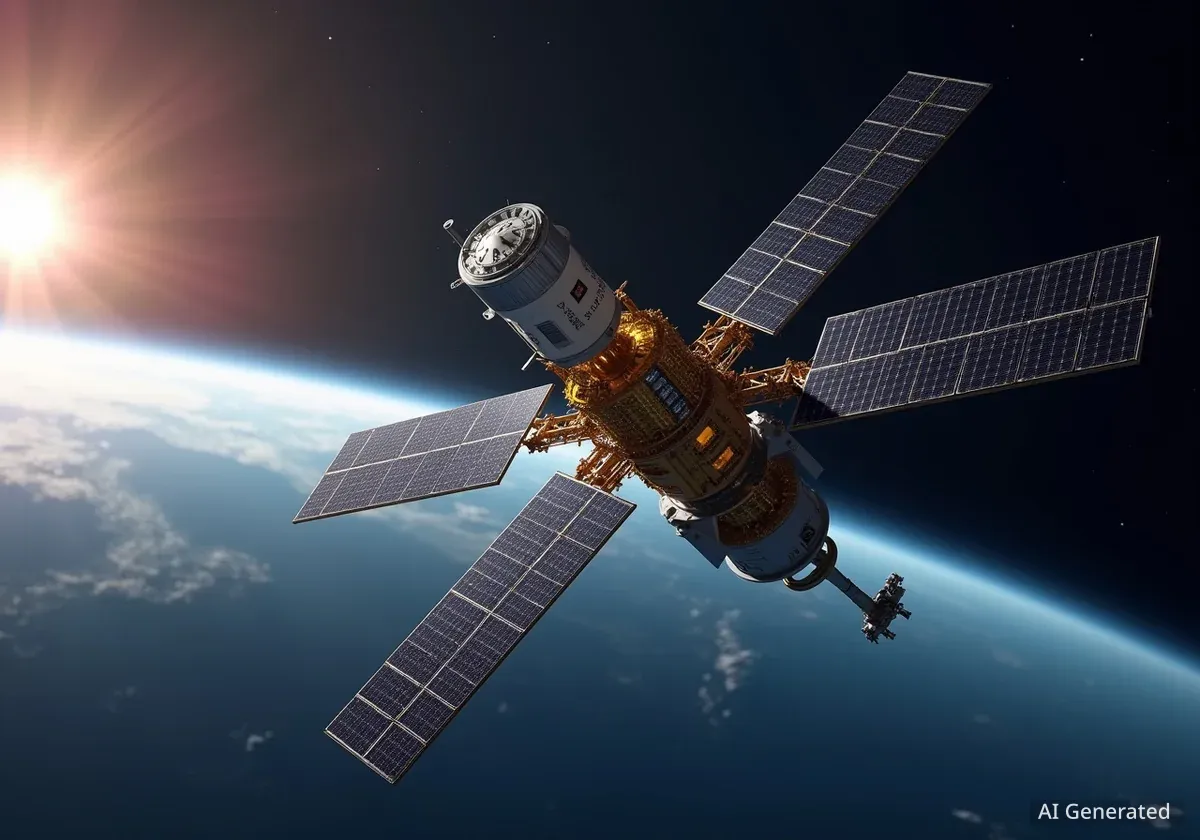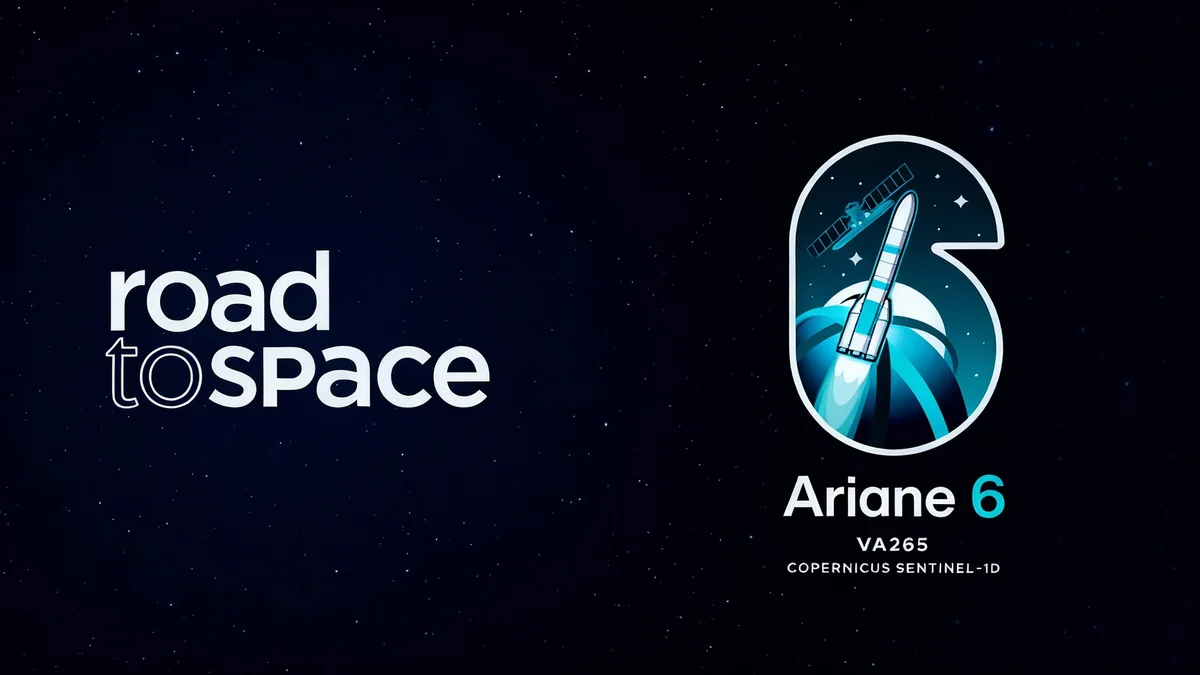Three new astronauts have successfully docked and entered China's Tiangong space station, marking the beginning of a crucial crew handover mission high above the Earth. The arrival of the Shenzhou-21 crew early Saturday morning brings the station's total population to six for a temporary period of joint operations.
The rendezvous and docking procedure went smoothly, culminating in the opening of the hatch between the Shenzhou-21 spacecraft and the station's core module. This event kicks off approximately five days of collaborative work before the preceding Shenzhou-20 crew returns to Earth.
Key Takeaways
- The Shenzhou-21 mission successfully delivered three astronauts to the Tiangong space station.
- They were greeted by the three members of the Shenzhou-20 crew, bringing the station's temporary crew size to six.
- This marks the seventh in-orbit crew handover for China's manned space program.
- The astronauts will conduct a five-day handover, transferring responsibilities and conducting joint tasks before the Shenzhou-20 crew departs.
A New Crew in Orbit
The China Manned Space Agency (CMSA) confirmed the successful link-up. The hatch to the space station was opened at 4:58 a.m. Beijing Time, allowing the newly arrived astronauts to float into the main cabin. They were warmly greeted by the Shenzhou-20 crew, who have been managing the orbital outpost for the past several months.
This meeting of two crews in orbit is a significant logistical achievement for China's space program. It demonstrates the nation's growing capability to sustain a long-term human presence in low-Earth orbit and manage complex, overlapping missions. The six astronauts marked the occasion by taking a group photograph, celebrating the seventh such crew gathering in the history of China's space exploration efforts.
The Handover Process
The next five days aboard Tiangong will be a period of intense activity. The primary objective is to ensure a seamless transfer of operational control from the outgoing Shenzhou-20 crew to the incoming Shenzhou-21 team. This process involves more than just a simple briefing.
The experienced crew will guide the newcomers through the station's daily routines, systems status, and the specifics of ongoing scientific experiments. They will also share practical knowledge gained from their months in microgravity—insights that cannot be fully replicated in ground-based simulations. This hands-on training is critical for maintaining the station's efficiency and safety.
Building on a Legacy of Success
China's Tiangong space station is the culmination of a multi-decade effort. The program has seen a steady cadence of missions, each building on the last. The recent Shenzhou-17 mission, for example, was lauded as a complete success after its crew performed the first-ever extravehicular repair on the station's exterior, a complex task that showcased advanced operational capabilities.
The joint work period also allows for the completion of tasks that may require more hands than are typically available. After the handover is complete, the Shenzhou-20 astronauts will board their own spacecraft for the return journey to Earth, concluding their successful tour of duty.
An Expanding Presence in Space
The regular rotation of crews highlights the operational maturity of the Tiangong space station. The station serves as a national laboratory in space, hosting experiments in fields ranging from life sciences and materials science to microgravity physics and astronomy. The consistent human presence allows for long-duration research that is vital for future deep-space exploration ambitions.
China's space activities have been frequent. In addition to crewed missions like Shenzhou-16, -17, and now -21, the program also relies on robotic cargo missions. The Tianzhou-6 cargo spacecraft, for instance, previously delivered essential supplies, equipment, and scientific payloads to support the station's operations and its inhabitants.
The program has also maintained a public-facing element. Earlier this year, the Shenzhou-18 crew sent greetings from orbit to mark the 75th anniversary of the founding of the People's Republic of China, connecting their work in space with national events on the ground.
What Comes Next for Tiangong
With the Shenzhou-21 crew now at the helm, the focus will shift to their mission objectives. These typically include:
- Conducting a new slate of scientific experiments and technology demonstrations.
- Performing routine maintenance and health checks on the space station's systems.
- Carrying out spacewalks, or extravehicular activities (EVAs), to install new equipment or inspect the station's exterior.
- Engaging in educational outreach programs to inspire the next generation of scientists and engineers.
Each crewed mission adds to a growing body of knowledge about living and working in space for extended periods. The data collected is not only crucial for the Tiangong program but also contributes to the global understanding of human spaceflight. As crews continue to rotate, China solidifies its position as a major player in space exploration, with an orbital platform capable of supporting complex, long-term scientific research.





